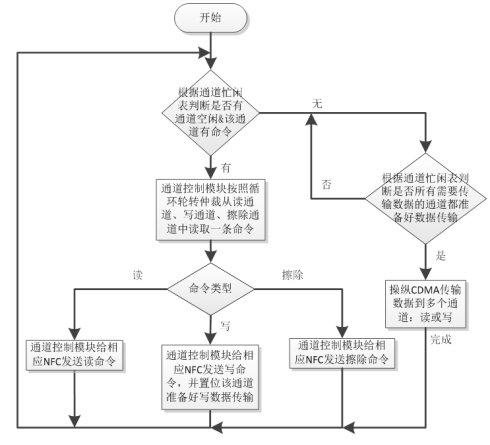This paper pushes further the intrinsic capabilities of the GFEM$^{gl}$ global-local approach introduced initially in [1]. We develop a distributed computing approach using MPI (Message Passing Interface) both for the global and local problems. Regarding local problems, a specific scheduling strategy is introduced. Then, to measure correctly the convergence of the iterative process, we introduce a reference solution that revisits the product of classical and enriched functions. As a consequence, we are able to propose a purely matrix-based implementation of the global-local problem. The distributed approach is then compared to other parallel solvers either direct or iterative with domain decomposition. The comparison addresses the scalability as well as the elapsed time. Numerical examples deal with linear elastic problems: a polynomial exact solution problem, a complex micro-structure, and, finally, a pull-out test (with different crack extent). 1: C. A. Duarte, D.-J. Kim, and I. Babu\v{s}ka. A global-local approach for the construction of enrichment functions for the generalized fem and its application to three-dimensional cracks. In Advances in Meshfree Techniques, Dordrecht, 2007. Springer
翻译:本文进一步推进了最初在[1]中提出的GFEM$ ⁇ gl}美元全球-地方办法的内在能力。我们开发了一种分布式计算方法,针对全球和地方问题使用MPI(Message passing 接口)进行全球和地方问题。关于地方问题,引入了具体的时间安排战略。然后,为了正确衡量迭接进程的趋同,我们引入了一个参考解决方案,重新审视传统功能和丰富功能的产物。因此,我们能够提出一个纯粹基于矩阵的全球-地方问题实施方案。然后,将分布式办法与其他平行的解决方案进行比较,无论是直接的还是与域分解重叠的。比较既涉及可缩放性,也涉及过去的时间。数字性实例涉及线性弹性问题:多元精确的解决方案问题、复杂的微观结构,最后是拉出测试(裂度不同)。1:C.A.Duarte、D.J.Kim和I.Babu\v{s}ka。一个全球-地方方法,用于构建通用的红宝石浓缩功能并将其应用到三维裂。2007年,Dosrest Stregret, Dosh Stresh, 2007。




